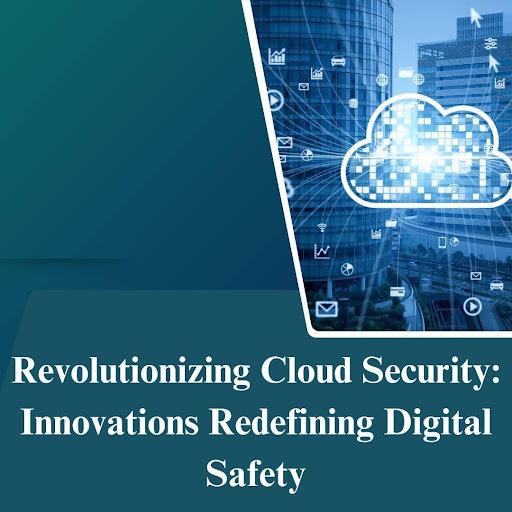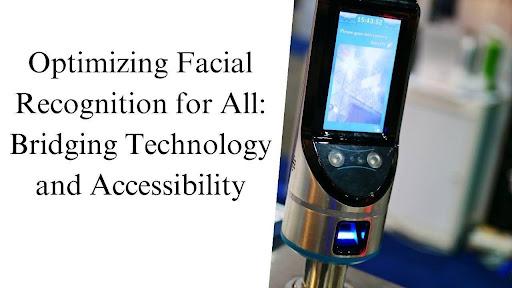In a rapidly evolving digital landscape, robust cloud security has become imperative for organizations leveraging the power of cloud computing. Manpreet Singh Sachdeva, an expert in advanced cloud technologies, delves into transformative techniques and challenges that shape the cloud security domain, underscoring its significance for businesses and global digital transformation.
Building Security from the Ground Up: Identity and Access Management (IAM)
Identity and Access Management (IAM) forms the cornerstone of cloud security, ensuring that only authorized personnel access sensitive resources. Modern IAM implementations emphasize multi-factor authentication (MFA), which reduces account takeover risks by nearly 99.9%. Least privilege access protocols further mitigate security incidents by granting users the minimal permissions necessary for their roles. Role-based access control (RBAC) has emerged as a powerful tool, streamlining access management and bolstering operational efficiency across cloud environments.
Encryption: Safeguarding Data Integrity and Confidentiality
Encryption remains pivotal in protecting data both at rest and in transit. End-to-end encryption has become the gold standard for securing sensitive information during its entire lifecycle. Emerging techniques like homomorphic encryption enable computations on encrypted data without decryption, a groundbreaking advancement for privacy-preserving operations. Additionally, effective encryption key management systems (KMS) and data masking techniques ensure that sensitive data is securely stored and accessed.
Securing the Heart of Modern Systems: APIs and Microservices
With the rise of microservices architectures, APIs have become critical enablers of seamless system integration and prime targets for cyberattacks. Advanced security measures, such as OAuth and OpenID Connect protocols, ensure secure authentication across API ecosystems. API gateways offer centralized control for security and traffic monitoring, mitigating risks like DDoS attacks. Furthermore, implementing rate-limiting techniques has proven effective in curbing API abuse, significantly enhancing resilience.
Integrating Security into Development: DevSecOps Practices
The integration of security practices into the software development lifecycle, known as DevSecOps, has reshaped how organizations address vulnerabilities. Automated tools for code analysis and vulnerability scanning identify threats early in the development phase. Embedding compliance checks into CI/CD pipelines has reduced security gaps, while continuous security validation has become a hallmark of secure software delivery.
The Unseen Adversaries: Advanced Persistent Threats (APTs)
APTs represent a sophisticated category of cyberattacks, targeting critical systems over extended periods. Advanced detection systems, leveraging machine learning-based anomaly detection, have significantly improved threat identification rates. Security Information and Event Management (SIEM) solutions play a critical role by correlating data across systems, offering a comprehensive view of potential vulnerabilities. Proactive measures against APTs have emerged as a critical focus in safeguarding organizational assets.
Addressing Insider Threats
Insider threats, both accidental and malicious, contribute to a significant proportion of cloud-related breaches. Robust IAM policies, coupled with user behavior analytics (UBA), provide organizations with tools to detect and mitigate anomalous activities. Data loss prevention (DLP) technologies further ensure that sensitive information remains protected, preventing unauthorized data exfiltration and minimizing risks posed by insider actions.
Navigating the Maze of Compliance and Regulations
Compliance with stringent data protection regulations, such as GDPR, is a growing challenge for businesses operating in multi-cloud environments. Encryption and data residency solutions address these complexities, ensuring that organizations meet global standards. Regular security audits and certifications are indispensable, enabling organizations to proactively identify compliance gaps and maintain regulatory adherence.
In conclusion, as cloud technologies revolutionize industries, the importance of advanced security measures cannot be overstated. Manpreet Singh Sachdeva‘s valuable insights highlight the necessity of innovative approaches to cloud security in tackling dynamic and sophisticated challenges. By emphasizing robust, scalable, and proactive security frameworks, organizations can safeguard their assets while fostering trust in the digital ecosystem. This commitment not only ensures resilience against emerging threats but also supports the growth of a secure, interconnected, and sustainable global digital future.







